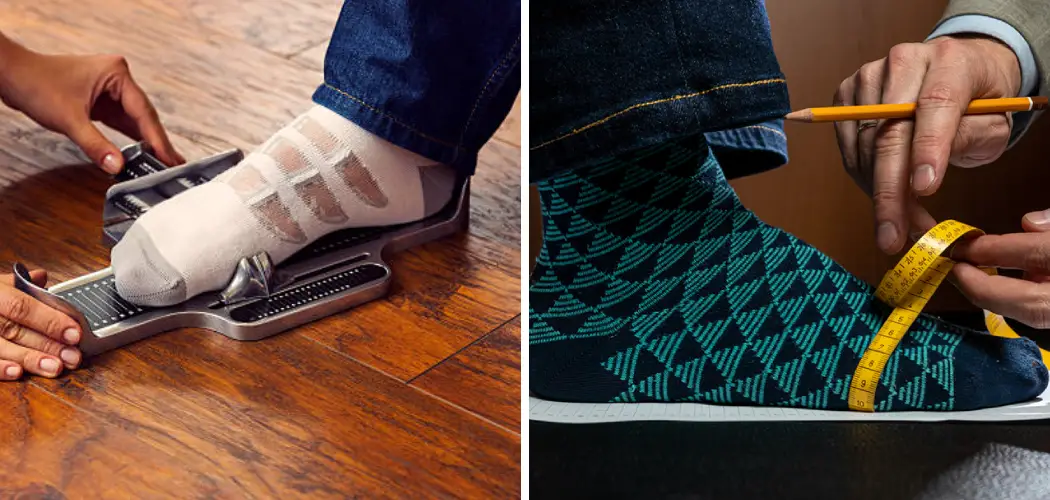Determining whether you need wide shoes is crucial for maintaining foot health and comfort, especially if you experience discomfort or pain while wearing standard-width footwear. Wide shoes provide additional room and support for wider feet or specific foot conditions, ensuring a proper fit and reducing the risk of discomfort, blisters, or other foot problems.
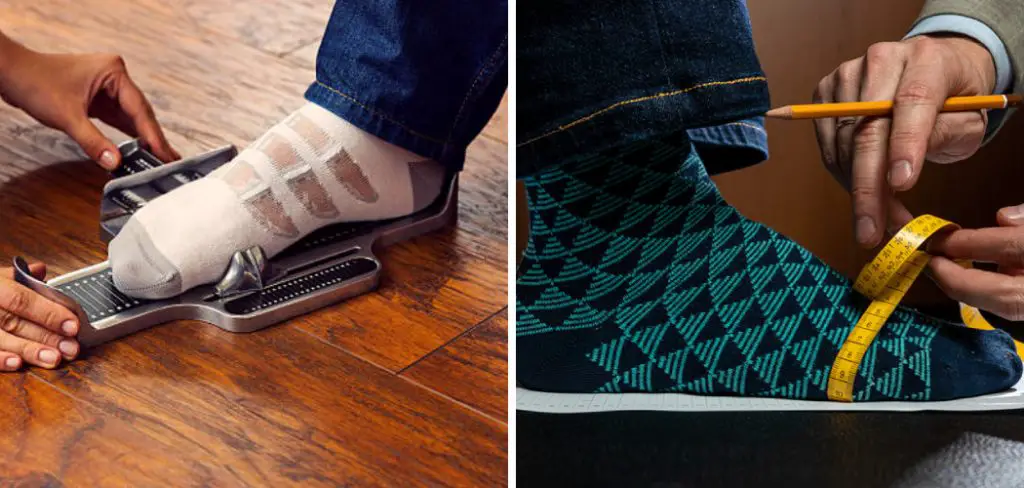
Recognizing the signs that indicate the need for wide shoes is essential for finding footwear that accommodates your foot shape and size effectively. In this article, we’ll explore various indicators and methods for how to tell if i need wide shoes, from measuring foot width to recognizing common symptoms of ill-fitting footwear.
By understanding your foot anatomy and recognizing the signs of inadequate shoe width, you can make informed decisions when selecting footwear and prioritize comfort and support for your feet.
The Importance of Proper Shoe Fit
The right shoe fit is paramount for not just foot health, but overall well-being. Ill-fitting shoes — too tight, too loose, or not supportive enough — can lead to a myriad of foot issues, including bunions, calluses, and blisters. More significantly, they can cause or exacerbate foot deformities and lead to misalignments that affect your posture and gait.
This misalignment can then put unnecessary stress on your knees, hips, and back, leading to discomfort and, over time, more serious musculoskeletal issues. Proper shoe fit ensures that the feet have enough room to move without constriction, supporting natural foot movements and providing a stable base that helps maintain balance and correct posture. Ultimately, investing time in finding shoes that fit well is investing in your overall health and quality of life.
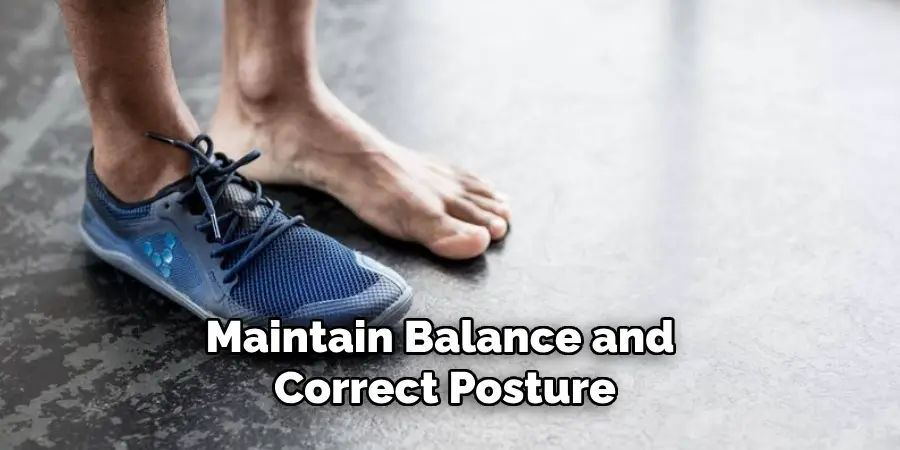
Understanding Foot Width
Foot width is a critical factor in ensuring your shoes fit comfortably and support your feet properly. Unlike shoe length, which is universally measured in sizes, width is often overlooked or misunderstood by many shoe buyers. However, the width of your feet can significantly impact your overall comfort and foot health.
Shoe widths vary from narrow (marked as N, 2A, or AA), medium (M, B, or R), to wide (W, C, D, or E) and extra-wide (XW, EE, or EEE). Understanding your foot width is as important as knowing your shoe size because even if the length of the shoe is correct, a mismatch in width can cause problems such as cramped toes, blisters, and foot pain.
To determine your foot width, you can use a measuring tape and a sizing chart specific to the brand or consult with a professional in a shoe store. Keep in mind that each foot can differ in size and width, so it’s essential to measure both feet and choose a size that accommodates the wider foot.
Additionally, it’s important to note that foot width can change over time due to factors such as aging, weight fluctuations, and health conditions. Regularly measuring your feet can help ensure that you always select shoes that provide the best fit for your feet’s current needs.
Differences Between Narrow, Standard, and Wide Foot Widths
Understanding the differences between narrow, standard, and wide foot widths is key to selecting the right shoe fit. Shoes designed for narrow feet (N, 2A, AA) feature a slimmer profile, providing a snug fit for those with less girth across the ball of the foot. This design helps prevent slipping and sliding, which can lead to blisters and discomfort in individuals with narrower feet.
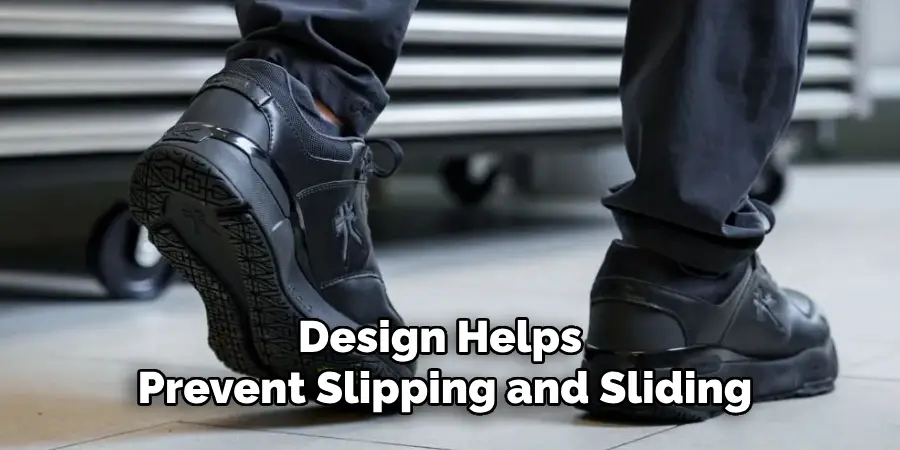
Standard or medium-width shoes (M, B, R) cater to the most common foot width and are designed to fit the average foot. These shoes balance between providing enough room without being overly spacious, ensuring comfort and support for the vast majority of people.
Wide (W, C, D, E) and extra-wide (XW, EE, EEE) shoes offer a broader base and more room across the foot, significantly benefiting those with wider feet or specific conditions that require additional space, such as bunions or hammertoes. These shoes aim to alleviate pressure points, reduce discomfort, and accommodate a wider footprint, ensuring a comfortable fit for those who find standard widths too restrictive.
Choosing the correct width is just as important as selecting the right length, as wearing improperly-fitted shoes can lead to a variety of foot problems, affecting both comfort and mobility.
Signs You May Need Wide Shoes
Identifying the need for wide shoes can significantly enhance your foot comfort and prevent potential foot problems. If you’re uncertain whether you require wide shoes, there are several signs and symptoms to look out for.
- Frequent Blisters and Calluses: Regular occurrence of blisters or calluses, especially around the widest part of your feet, can indicate that your shoes are too narrow. These issues arise from constant friction and pressure in tight spaces.
- Noticeable Foot Spillage: If the sides of your feet spill over the shoe’s sole, this is a clear indication that the shoes are too narrow for your feet. Shoes should comfortably contain the entire width of your feet without any overflow.
- Pinched Toes: Feeling your toes being cramped or pinched together can signal that the toe box of the shoe is too narrow. Your toes should have enough room to spread out slightly.
- Shoe Stretching: If you find yourself having to stretch new shoes regularly to feel comfortable, or if your shoes tend to bulge outward significantly at the sides, it’s likely you need a wider fit.
- Difficulty Fitting Shoes: Difficulty sliding your feet into shoes, even when they are the correct length, or having to fully loosen the laces to get your shoes on, can indicate a need for more width.
- Pain and Discomfort: Persistent pain or discomfort in your feet while wearing shoes, particularly along the sides or bottom of the forefoot, is a telling sign. Footwear should not cause pain with regular wear.
Recognizing these signs and opting for wide shoes when necessary can greatly improve your foot health and overall comfort. If you’re experiencing any of these symptoms, consider being measured for wide shoes or consult with a foot care specialist for personalized advice.

Visible Signs of Overlapping Toes
Overlapping toes, where one toe lies on top of another, can be not only uncomfortable but also a sign of underlying foot issues. While some individuals may be born with overlapping toes, others may develop this condition over time due to factors such as improper footwear, structural abnormalities, or specific foot conditions like bunions or hammertoes. Identifying this condition early can assist in seeking relevant treatment or corrective measures.
Visible signs of overlapping toes include:
- Uneven Toe Alignment: The most obvious indication, where one or more toes deviate from their natural straight position, resting on top of or underneath adjacent toes.
- Corns and Calluses: These often develop as a result of the increased friction and pressure from toes rubbing against each other or against the shoe.
- Pain or Discomfort: Especially when wearing shoes, as the enclosed space exacerbates the pressure on the misaligned toes.
- Difficulty Finding Comfortable Shoes: Shoes that fit well elsewhere may feel uncomfortable or too tight around the affected toes, leading to a frustrating search for suitable footwear.
- Changes in Gait or Balance: The misalignment of toes can affect how one stands or walks, potentially altering gait and impacting balance.
Addressing overlapping toes involves wearing properly fitted shoes with enough room in the toe box, using toe separators, or in some cases, seeking medical advice for potential corrective procedures. Early intervention can help alleviate discomfort and prevent further complications.
Techniques for Assessing Shoe Fit
Properly assessing shoe fit is essential for foot health and comfort. Here are techniques to ensure your shoes fit correctly:
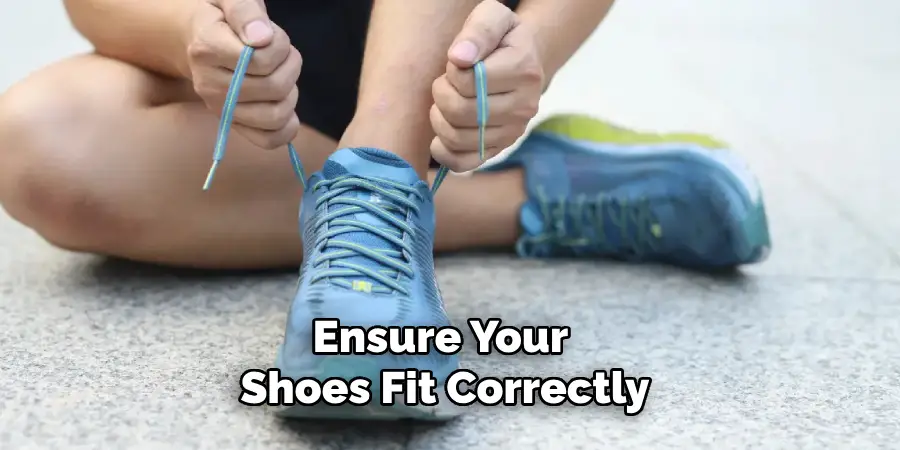
- Thumb Width at Toe: There should be about a thumb’s width of space between the end of your longest toe and the front of the shoe to allow room for movement as you walk.
- Heel Test: Your heel should fit snugly against the back of the shoe without slipping. Walk around to ensure your heel does not slide out.
- Width Check: The sides of your feet should not feel squeezed. If you notice bulging on either side of the shoe, the width might not be appropriate.
- Lace Technique: When laced up (not too tightly nor too loosely), the shoe should feel secure without putting undue pressure on the top of your foot. Adjust the laces to test for a better fit if needed.
- Flex Point: Ensure the shoe bends and creases where your foot flexes. Misalignment can lead to discomfort or even injury over time.
- Walk Around: Spend time walking on different surfaces if possible (carpet, hard floor) to better assess the fit and comfort of the shoes. Your feet should not slip, and the shoes should not pinch or feel overly tight.
- Try on with Socks: Always try on shoes with the type of socks or hosiery you intend to wear them with to ensure a realistic fit.
- Evening Shopping: Because feet swell over the course of the day, try on new shoes later in the day when your feet are at their largest.
These assessment techniques can help determine if a shoe provides the proper fit, balance, and support needed for healthy and comfortable walking. Remember, different brands and models might fit differently, so it’s important to measure and try on shoes accordingly.
10 Methods How to Tell if I Need Wide Shoes
1.Measure Your Foot Width:
Utilize a Brannock device, a foot-measuring tool available at many shoe stores, or a printable foot measurement guide to accurately measure the width of your foot. Ensure that the measurement is taken at the widest part of your foot, typically across the ball of the foot. Compare the measurement to standard shoe width charts to determine if your foot falls within the range for wide-width shoes.
2.Check for Overlapping Toes:
Examine the alignment of your toes when wearing shoes. If your toes overlap or feel crowded within the toe box, it indicates that the shoe is too narrow. Wide shoes offer additional room in the toe box, allowing your toes to spread naturally and preventing discomfort or deformities like bunions and hammertoes.
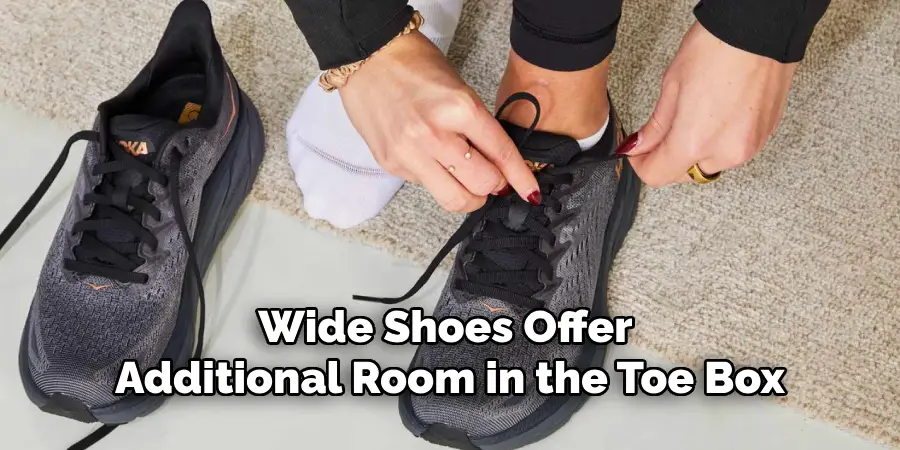
3.Look for Pressure Points or Redness:
After wearing shoes, inspect your feet for signs of pressure points, redness, or irritation. Pressure points and red marks along the sides or top of the foot indicate that the shoes are too narrow and are causing friction or constriction. Wide shoes provide a more spacious fit, reducing the risk of discomfort and skin irritation.
4.Feel for Pinching or Tightness:
Pay attention to how your shoes feel when worn. If you experience pinching, tightness, or discomfort across the width of your foot, it suggests that the shoes are too narrow. Wide shoes offer a roomier fit, alleviating pressure points and ensuring comfort during prolonged wear.
5.Check Shoe Width Options:
When shopping for shoes, inquire about wide width options available for your chosen style. Many footwear brands offer wide-width variations to accommodate different foot shapes and sizes. If standard-width shoes feel restrictive or uncomfortable, trying wide width options can provide a better fit and enhance overall comfort.
6.Consider Foot Conditions:
Individuals with certain foot conditions, such as bunions, hammertoes, or naturally wide feet, often require wide shoes to accommodate their foot shape and provide adequate support. Wide shoes offer additional space and alleviate pressure on sensitive areas, reducing discomfort and preventing exacerbation of foot conditions.
7.Assess Arch Width:
Evaluate the width of your foot arch, in addition to the ball of your foot. If your arch width exceeds the standard width of most shoes, it may necessitate wide shoes to accommodate the entire foot structure adequately. Wide shoes with a broader midfoot area offer enhanced support and prevent constriction around the arch.
8.Check the Lacing Pattern:
Observe the lacing pattern of your shoes and assess how it affects the fit across the width of your foot. If you find yourself frequently loosening the laces to alleviate tightness or pressure, it indicates that the shoes are too narrow. Wide shoes with a wider lacing pattern or adjustable closures offer a customizable fit and ensure optimal comfort.
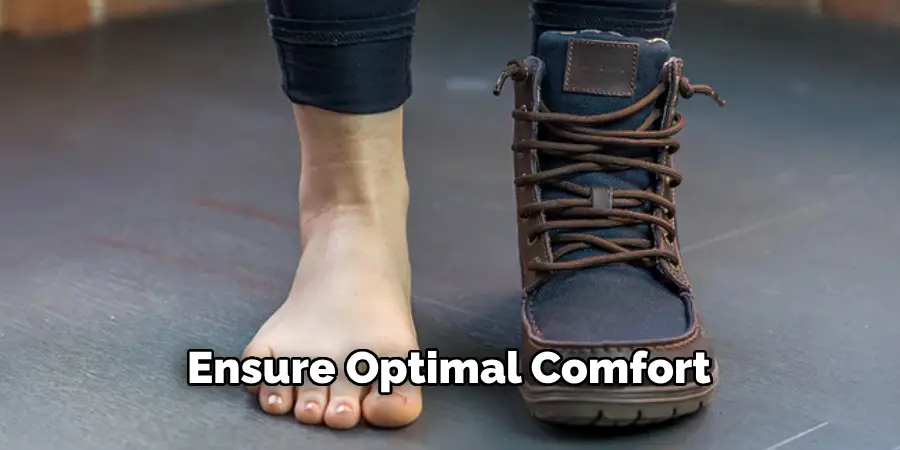
9.Try Shoes with Removable Insoles:
Experiment with shoes equipped with removable insoles that allow for customization and accommodation of wider feet. By replacing the standard insoles with wider or more supportive alternatives, you can enhance the fit and alleviate discomfort associated with narrow shoes. Customizable insoles offer versatility and adaptability to individual foot shapes and needs.
10.Consult with a Podiatrist or Shoe Specialist:
Seek guidance from a podiatrist or shoe specialist if you encounter uncertainty or have specific foot concerns. A professional assessment of your foot shape, size, and any underlying conditions can provide valuable insights into the most suitable footwear options. Podiatrists and shoe specialists offer expertise in recommending appropriate shoe styles and widths to address your unique needs and promote optimal foot health.
Things to Consider When Choosing Wide Shoes
When selecting wide shoes, it’s crucial to focus on more than just the width. The following aspects should also be considered to ensure that the shoes you choose offer the best fit and support for your feet:
- Material: Opt for materials that offer a degree of stretch or flexibility to accommodate wider feet without sacrificing support. Leather and canvas can provide durability while offering a comfortable fit as they mold to your foot’s shape over time.
- Sole Support: Pay attention to the sole design and materials. A supportive, cushioned sole can distribute weight more evenly, reducing pressure on any one part of the foot and contributing to overall foot health.
- Heel Height: Consider the height of the heel or the slope of the footbed. A moderate heel height can help reduce pressure on the forefoot, but excessively high heels may cause discomfort or stability issues, particularly for individuals with wide feet.
- Adjustability: Features like Velcro closures, adjustable straps, or laces can provide added flexibility in fit, allowing you to customize the snugness to your foot’s specific contours and needs.
- Arch Support: Ensure that the arch support aligns well with your foot’s natural arch, to prevent overpronation or supination, which can lead to discomfort and injury over time. Proper arch support is crucial, especially for individuals with flat feet or high arches.
- Brand and Model Variability: Be aware that sizing can significantly vary between different brands and even within different models of the same brand. Always try on shoes whenever possible, and read reviews to get an idea of how true to size a particular shoe is known to be.
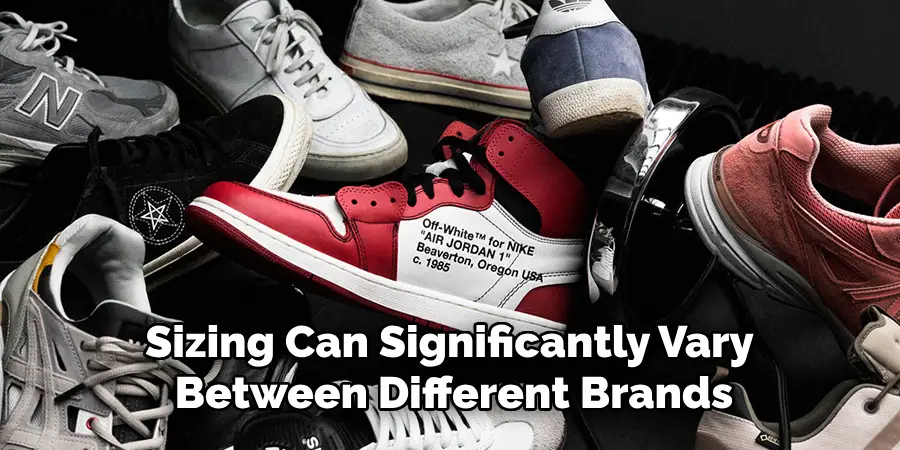
Conclusion
In conclusion, recognizing the signs that indicate a need for wide shoes is crucial for ensuring comfort, foot health, and overall well-being. By understanding the factors influencing shoe fit and paying attention to indicators such as discomfort, toe crowding, and foot conditions like bunions or corns, individuals can determine whether they require wider footwear.
Taking proactive steps to measure foot width accurately, trying on various shoe styles, and seeking advice from footwear experts can guide the selection of the perfect fit. Thanks for reading our blog post on how to tell if i need wide shoes! We hope you found it helpful and informative.

